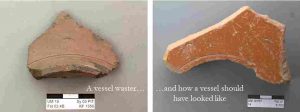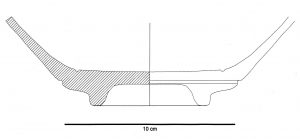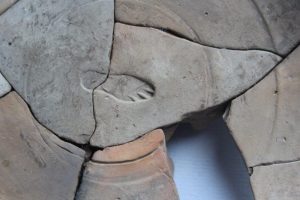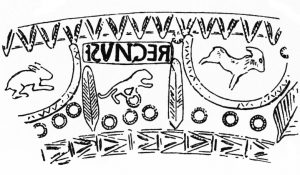
Dear Colleagues,
We happily inform you on an intensive survey at Çandarlı (ancient Pitane) where in 1911 Siegfried Loeschcke (Athenische-Mitteilungen 1912__p0360-0423) discovered evidence of what turned out to be the very first archaeologically attested production centre of terra sigillata in the Eastern Mediterranean. The Pitane Survey (2019-2020) is part of the larger regional TransPergMikro project (https://www.dainst.blog/transpergmikro/about-the-project/), which is funded by the German Science Foundation and directed by the Istanbul branch of the German Archaeological Institute, the Free University in Berlin, the Technical University in Berlin, the Celal Bayar University in Manisa, and the Christian-Albrechts-University in Kiel.




